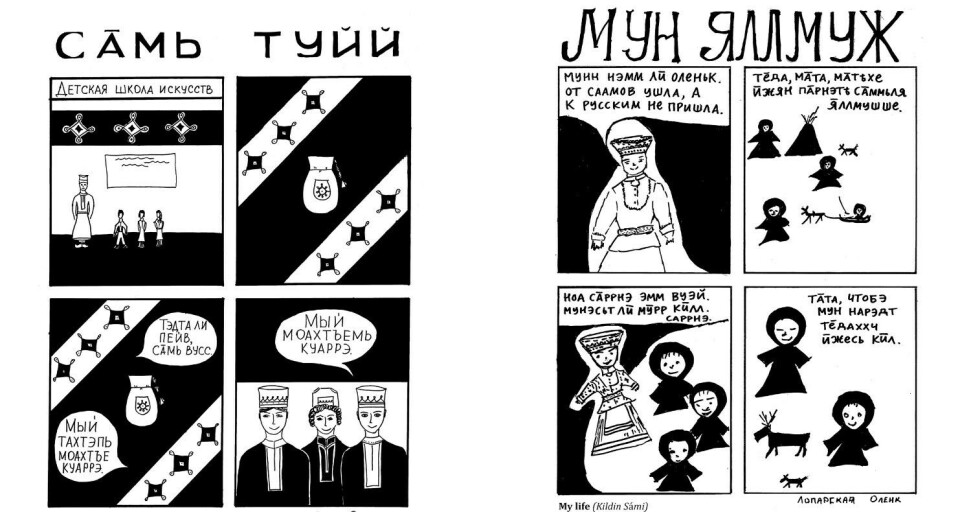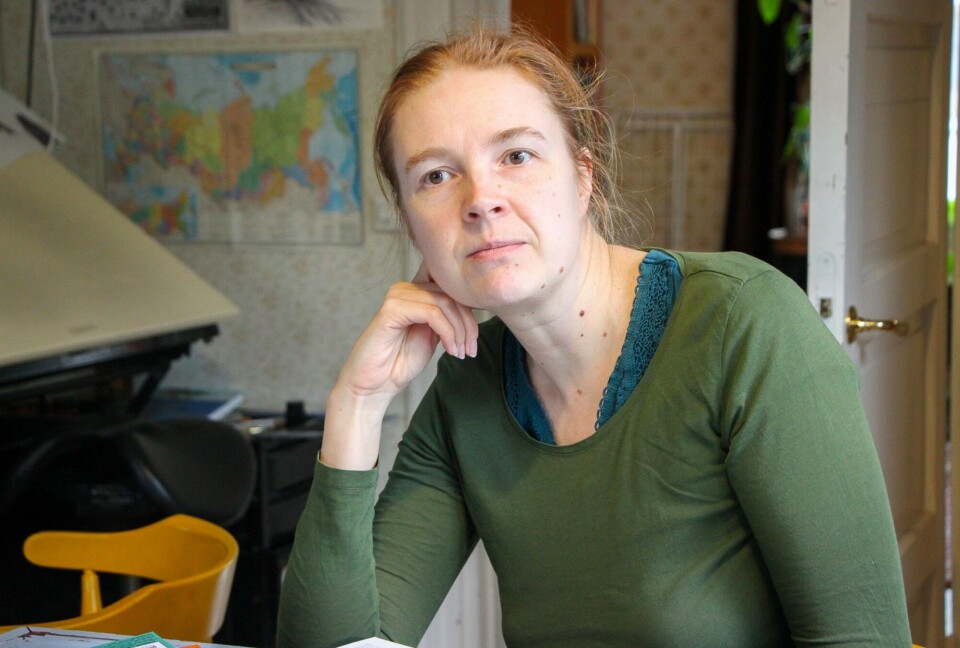
The Power of Comiсs
How a community art project helps revive endangered national languages.
Text and photos by: Andrew Gorbachev, Maxim Jaravin, Maria Dmitrieva, Anna Yarovaya, Gleb Yarovoy, Elena Nelinova
National languages are dying out. UNESCO’s «Atlas of the World’s Languages in Danger» proves that. Researchers believe that languages disappear for many reasons: people tend to live in cities where they speak the dominant language, forget cultural traditions, the number of native speakers shrinks. The state’s attitude to languages also plays a huge role. The international Living Language Project arouses interest in learning languages with the help of comics. Its initiators from Moscow and Finland and participants in Murmansk Oblast, Karelia and Komi told «7×7» about what is happening to national languages in Russia and abroad.
















